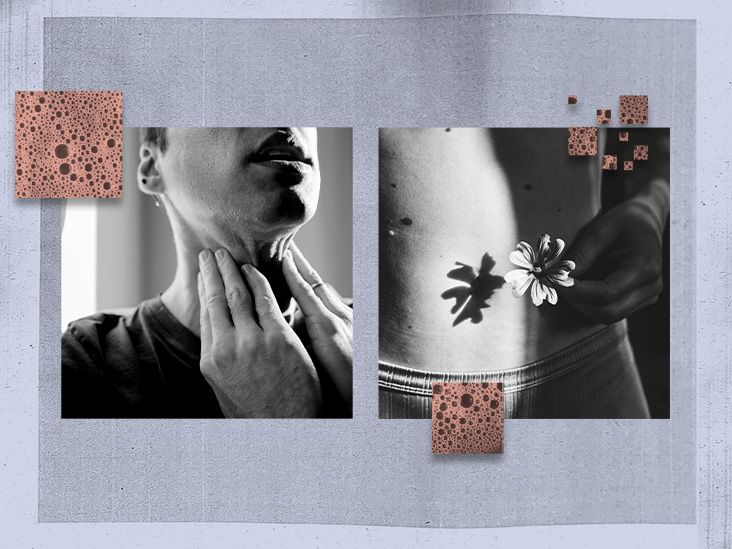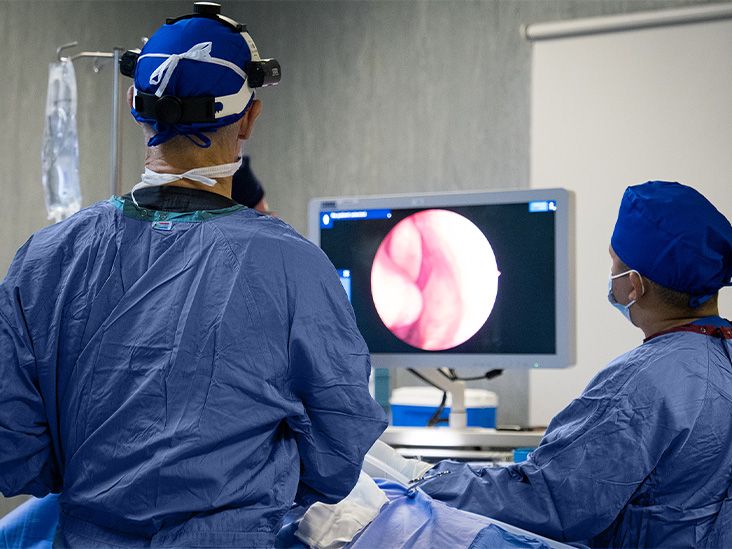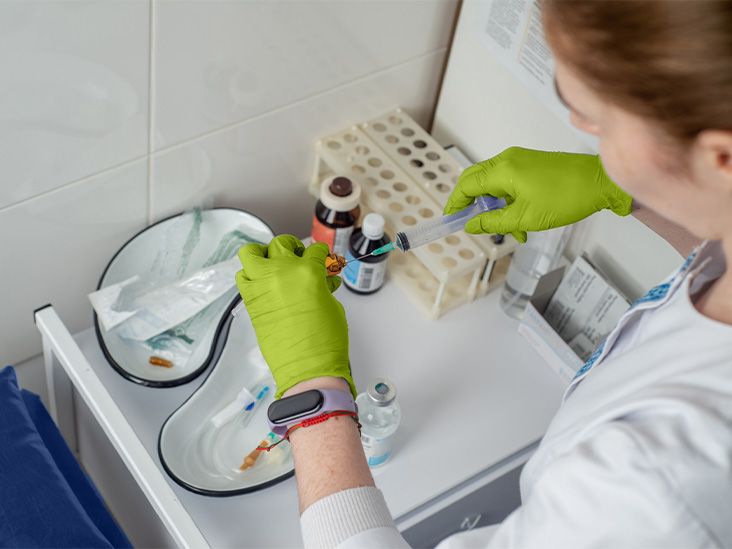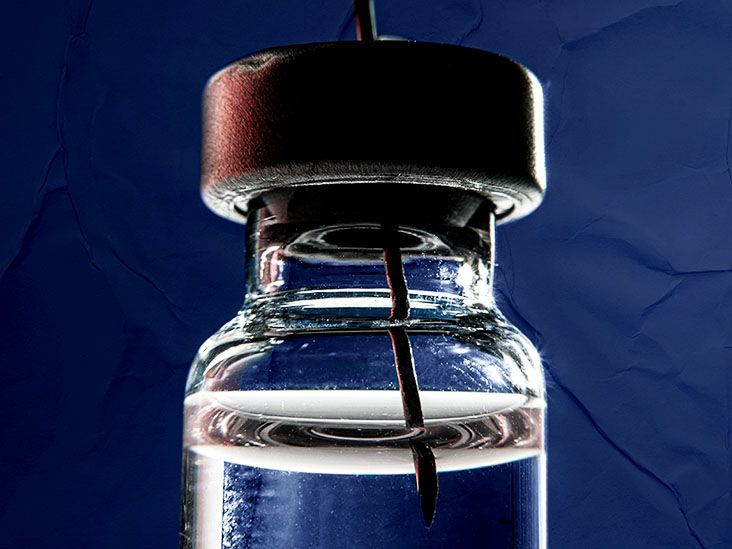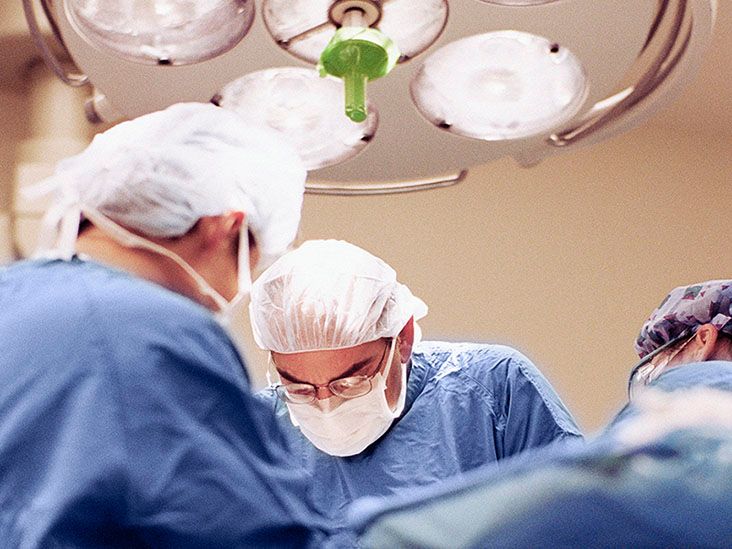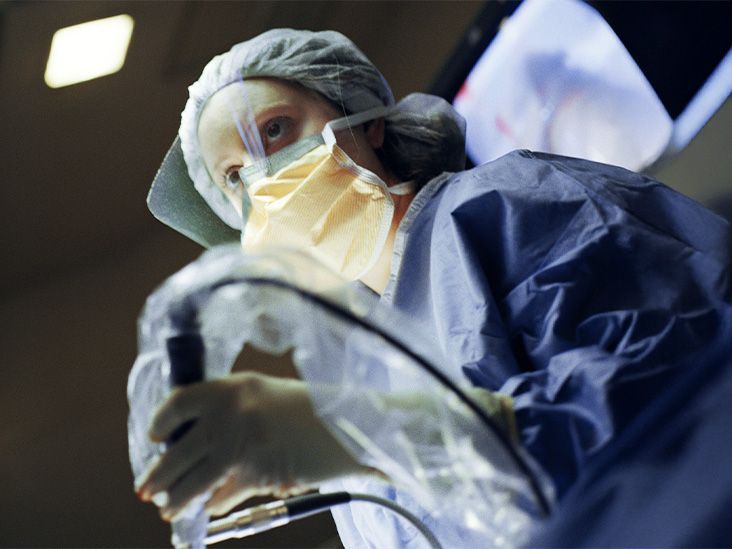Hey there. If you're reading this, chances are you're either preparing for or just heard about a stomach cancer endoscopy. Maybe your doctor mentioned it after some concerning symptoms, or perhaps you're here because the thought of it is making your stomach churn almost as much as the procedure itself.
Let me start by saying - you're not alone. This isn't just another medical article filled with jargon that makes your eyes glaze over. We're going to talk about what actually happens during this procedure, what doctors are looking for, and most importantly, why knowing these details can help put your mind at ease (or help you make informed decisions).
What Does Cancer Look Like Inside?
This is usually the first question everyone asks: "What does stomach cancer actually look like during an endoscopy?" It's a perfectly natural question, and honestly, one that deserves a straightforward answer.
When doctors perform an endoscopy for cancer detection, they're essentially using a tiny camera on a flexible tube to take a peek inside your stomach. Think of it like a very high-tech version of looking through a keyhole - except instead of trying to see if someone's home, they're checking for anything that looks out of place.
Now, here's where it gets interesting. Cancerous areas in your stomach can appear in several different ways:
- Ulcer-like patches - These might look like open sores on the stomach lining
- Thickened areas - Parts of the stomach wall that appear unusually raised or bumpy
- Irregular textures - Surfaces that don't look smooth and uniform like healthy stomach lining should
- Color changes - Areas that appear redder, paler, or differently colored than surrounding tissue
But here's the thing that often surprises people - sometimes cancer doesn't look dramatically different from normal tissue. It's not always a glaring red flag (pun intended). That's why doctors are trained to spot the subtle differences that might escape an untrained eye.
Why Visual Clues Aren't the Full Story
Here's something really important to understand: even experienced gastroenterologists can't make a definitive cancer diagnosis just by looking. It's like being a detective who finds a suspicious object at a crime scene - you still need to run tests to know for sure what you're dealing with.
That's where biopsies come in. During the endoscopy procedure, if your doctor sees something that raises concern, they'll take tiny tissue samples - usually no bigger than a grain of rice. These samples are then sent to a lab where pathologists examine them under powerful microscopes to look for cancer cells.
This two-step process is actually a good thing. It means you get both immediate visual feedback and more detailed analysis. It's like having both a security camera recording and forensic evidence - much more reliable than relying on just one method.
When Doctors Decide to Look Closer
So when do doctors actually recommend this type of cancer screening? It's not something they pull out of a hat randomly - there are specific situations where an endoscopy for cancer becomes necessary.
The most common reasons include:
- Persistent abdominal pain that won't go away
- Unexplained weight loss
- Blood in your stool or vomit (this one's a big red flag)
- Loss of appetite that lasts for weeks
- Severe heartburn or indigestion that medications can't control
But symptoms aren't the only factor. Your doctor might also recommend testing if you:
- Are over 50 years old
- Have a family history of stomach cancer
- Test positive for H. pylori bacteria
- Have chronic gastritis or other stomach conditions
I know what you might be thinking - "But I feel fine most of the time." That's completely valid. Sometimes stomach cancer can be sneaky in its early stages, which is exactly why catching it early through procedures like this makes such a difference in outcomes.
Walking Through the Process Step by Step
Let's talk about what actually happens during the procedure itself. I know the unknown can be scarier than the reality, so let's break it down:
Before the procedure: You'll need to fast for several hours beforehand - usually starting at midnight the night before. Your doctor will give you specific instructions about medications, especially if you take blood thinners. Don't worry, they'll walk you through everything.
During the procedure: Here's where things get interesting. You'll be given sedation, so you're relaxed and comfortable. The endoscope - that's the thin, flexible tube with the camera - goes in through your mouth and down into your stomach. Your doctor gently pumps air into your stomach to expand it, making it easier to see the walls clearly. The whole thing usually takes 10-15 minutes.
Most people report feeling very little during the actual procedure, thanks to the sedation. Some describe it as feeling pressure rather than pain.
After the procedure: You'll spend some time in recovery as the sedation wears off. You might feel a bit groggy or have a mild sore throat - that's completely normal. You'll need someone to drive you home since you won't be able to operate a vehicle for several hours.
| Pros | Cons |
|---|---|
| Highly accurate visual examination | Mild risk of bleeding or perforation |
| Immediate results and biopsy capability | Requires sedation and recovery time |
| Can detect early-stage abnormalities | Some discomfort from air inflation |
How Reliable Is This Test Actually?
This is where things get fascinating from a medical standpoint. Standard endoscopy has a detection rate of around 85-95% for obvious abnormalities, according to various medical studies. But here's the cool part - newer technologies are making it even better.
Techniques like narrow-band imaging and chromoendoscopy are like giving doctors superpowers. These methods use special lighting and dyes to highlight subtle changes in tissue that might be invisible under normal conditions.
It's like the difference between looking at a painting in normal light versus using a blacklight - details that were hidden suddenly become crystal clear. These advanced techniques can increase detection rates even further, especially for early-stage cancers that might otherwise be missed.
But even with all this technology, doctors know that sometimes a second look is needed. If initial results are unclear or if your symptoms persist despite negative findings, your doctor might recommend repeating the procedure. It's not a failure - it's just part of being thorough.
Hearing from Real People Who've Been There
I think it helps to hear from others who've gone through similar experiences. While everyone's journey is unique, there are common threads that emerge:
Many people describe feeling anxious beforehand but relieved afterward. Not because they were necessarily worried about bad results, but because finally having answers felt like lifting a weight off their shoulders.
Sarah, a 52-year-old teacher, shared: "I kept putting off the appointment because I was scared. But once I was actually there and met the caring staff, I realized I was more nervous about the unknown than the procedure itself. The prep was more annoying than anything else!"
Mark, who had the procedure after persistent stomach issues, noted: "The recovery was easier than I expected. I was back to normal activities the next day. The hardest part was probably arranging for someone to drive me home."
These experiences highlight something important - while the idea of a stomach cancer endoscopy can seem intimidating, the reality is often much more manageable than our anxious minds make it out to be.
Getting the Most from Your Experience
If you're scheduled for this procedure, there are a few things that can help make it go more smoothly:
Before the appointment:
- Ask all your questions - no question is too small or silly
- Arrange for transportation home in advance
- Follow fasting instructions exactly
- Write down any symptoms or concerns to discuss
On the day of:
- Wear comfortable clothes
- Bring someone patient to wait with you
- Don't rush - give yourself plenty of time
- Remember that the medical team has done this countless times
Afterward:
- Rest and take it easy for the remainder of the day
- Start with clear liquids, then gradually resume normal eating
- Contact your doctor immediately if you experience severe pain or unusual symptoms
- Don't hesitate to call with questions about your results
Making Sense of Your Results
Getting your results back can feel like waiting for exam grades - there's that moment of anticipation mixed with uncertainty. Your doctor will typically contact you within a few days to discuss what they found.
If everything looks normal, that's obviously great news. But remember, even if you're in a higher-risk category, normal results don't mean you'll never need another screening. Your doctor will help you understand how often follow-up exams might be recommended.
If they found something that needs monitoring, try not to panic. Many abnormalities are precancerous changes that can be managed effectively. Others might be completely benign but worth watching. The important thing is that you now have information to work with.
In cases where further investigation is needed, your doctor will explain the next steps clearly. This might include additional testing, more frequent monitoring, or discussing treatment options. Knowledge really is power in these situations.
Why This Matters More Than You Might Think
Let's take a step back and think about the bigger picture here. Why does all this matter so much? Because early detection of stomach cancer literally saves lives.
When stomach cancer is caught in its early stages, treatment success rates are dramatically higher. It's one of those medical truths that seems almost too simple - find the problem early, treat it effectively, and outcomes improve significantly.
But here's what's really encouraging: advances in endoscopy technology and techniques mean that doctors can spot abnormalities earlier than ever before. What might have been missed a decade ago can now be detected and addressed proactively.
This isn't just about technology, though. It's about having access to skilled professionals who know what to look for and aren't afraid to take a closer look when something seems off. It's about creating systems where patients feel heard and concerns are taken seriously.
Looking Ahead with Confidence
As we wrap up, I want to leave you with this thought: while the idea of a stomach cancer endoscopy might feel overwhelming right now, you're actually taking one of the most empowering steps you can take for your health.
You're choosing knowledge over uncertainty. You're opting for professional expertise over internet searches. You're prioritizing your wellbeing in a way that future you will be grateful for.
Remember, the medical professionals who perform these procedures do so because they want to help. They've chosen careers dedicated to finding answers and providing relief. They understand that you might be nervous - it's completely normal - and they're there to support you through the process.
Whatever your results show, you'll have information to work with. You'll have clarity. And you'll have taken action when it mattered most. That's something to feel proud of, regardless of what comes next.
Take care of yourself, ask questions, and don't hesitate to reach out to your healthcare team with concerns. You've got this.
FAQs
What is a stomach cancer endoscopy and why is it performed?
A stomach cancer endoscopy is a procedure where a thin, flexible camera is inserted through the mouth to examine the stomach lining for abnormal tissue. It’s performed to investigate symptoms, assess risk factors, and detect early signs of gastric cancer.
How do doctors recognize cancer during an endoscopy?
Doctors look for ulcer‑like patches, thickened or bumpy areas, irregular textures, and color changes. Advanced imaging techniques such as narrow‑band imaging or chromoendoscopy can highlight subtle abnormalities that may indicate cancer.
Is a biopsy always taken during a stomach cancer endoscopy?
If any suspicious area is seen, a small tissue sample is usually taken for pathology. The biopsy provides definitive confirmation, because visual appearance alone cannot guarantee a cancer diagnosis.
What are the risks and side effects of the procedure?
Complications are rare but can include mild sore throat, bloating from air, bleeding at the biopsy site, or, very rarely, perforation of the stomach wall. Sedation may cause temporary drowsiness.
How soon will I get my results after the endoscopy?
Pathology results typically arrive within a few days. Your doctor will contact you to discuss the findings and any next steps, whether it’s routine follow‑up or further testing.
Disclaimer: This article is for informational purposes only and does not constitute medical advice. Always consult with a healthcare professional before starting any new treatment regimen.
Related Coverage
Get essential info on esophageal and stomach cancer symptoms, risk factors, diagnosis, and treatment options to help you stay informed and prepared....
Is there a real connection between kimchi stomach cancer risk? Get the facts on fermented food safety and what you can do to stay healthy....
A stomach cancer diagnosis includes upper endoscopy with biopsy, staging scans, and treatment planning to guide you forward....
Stomach cancer chemotherapy uses drug combos before or after surgery and as treatment for advanced disease, with side‑effect tips....
Subcutaneous immunotherapy for GI cancer offers a convenient alternative to IV treatment. Find out how it works and who it’s for....
Get insights on how immunotherapy for stomach cancer works, who benefits most, side effects, and key questions for your oncologist....
Gastrectomy surgery reshapes digestion; learn types, recovery timeline, diet tips, and supplements for a healthier post‑op life....
Learn how age, H. pylori, diet, smoking, and genetics affect stomach cancer risk and discover steps to lower your chances....
Simple steps—maintain weight, eat more veggies, quit smoking, limit alcohol, test for H. pylori to prevent stomach cancer....
Get insight into what doctors see during a stomach cancer endoscopy, why the images matter, and how detection can save lives....
